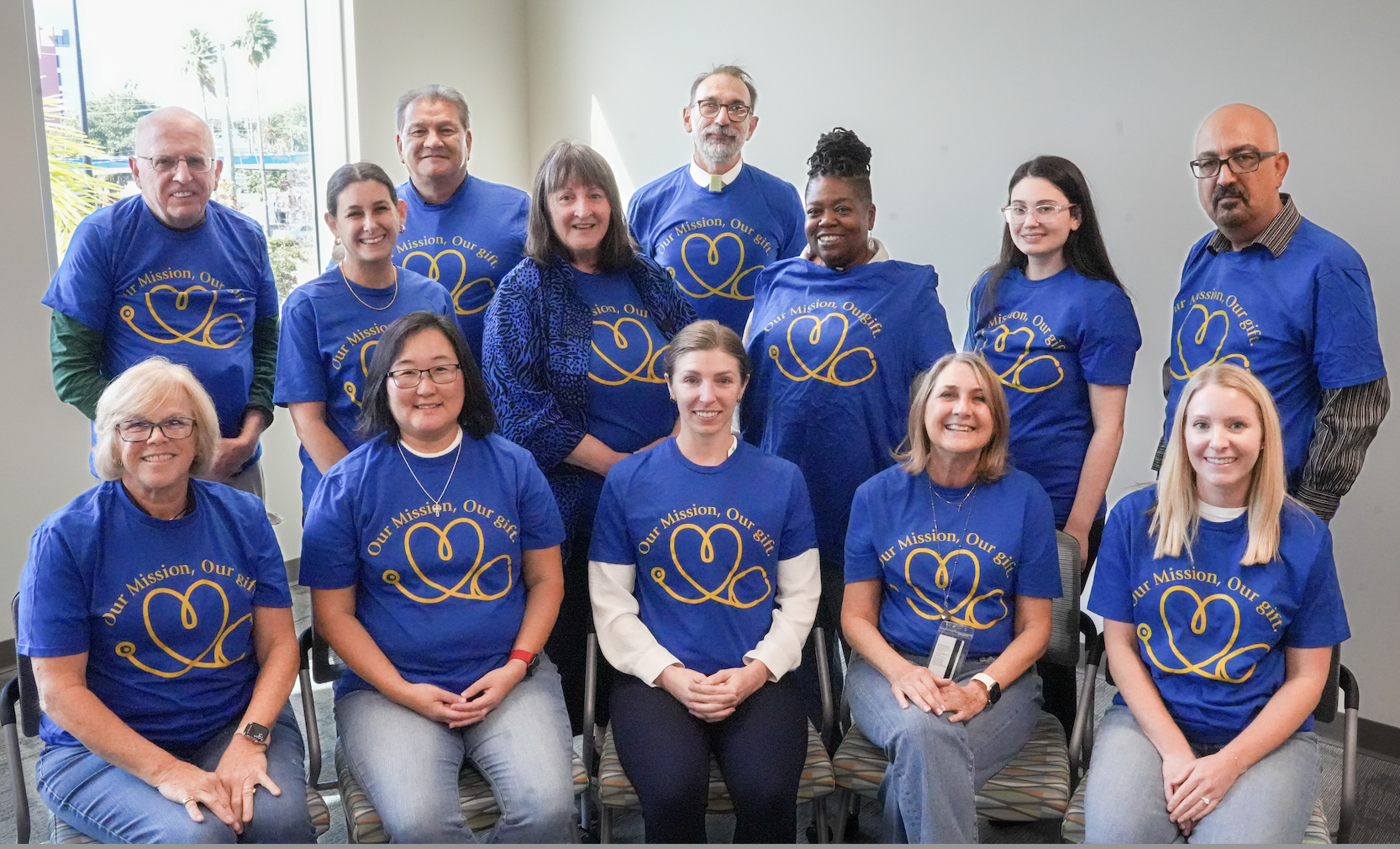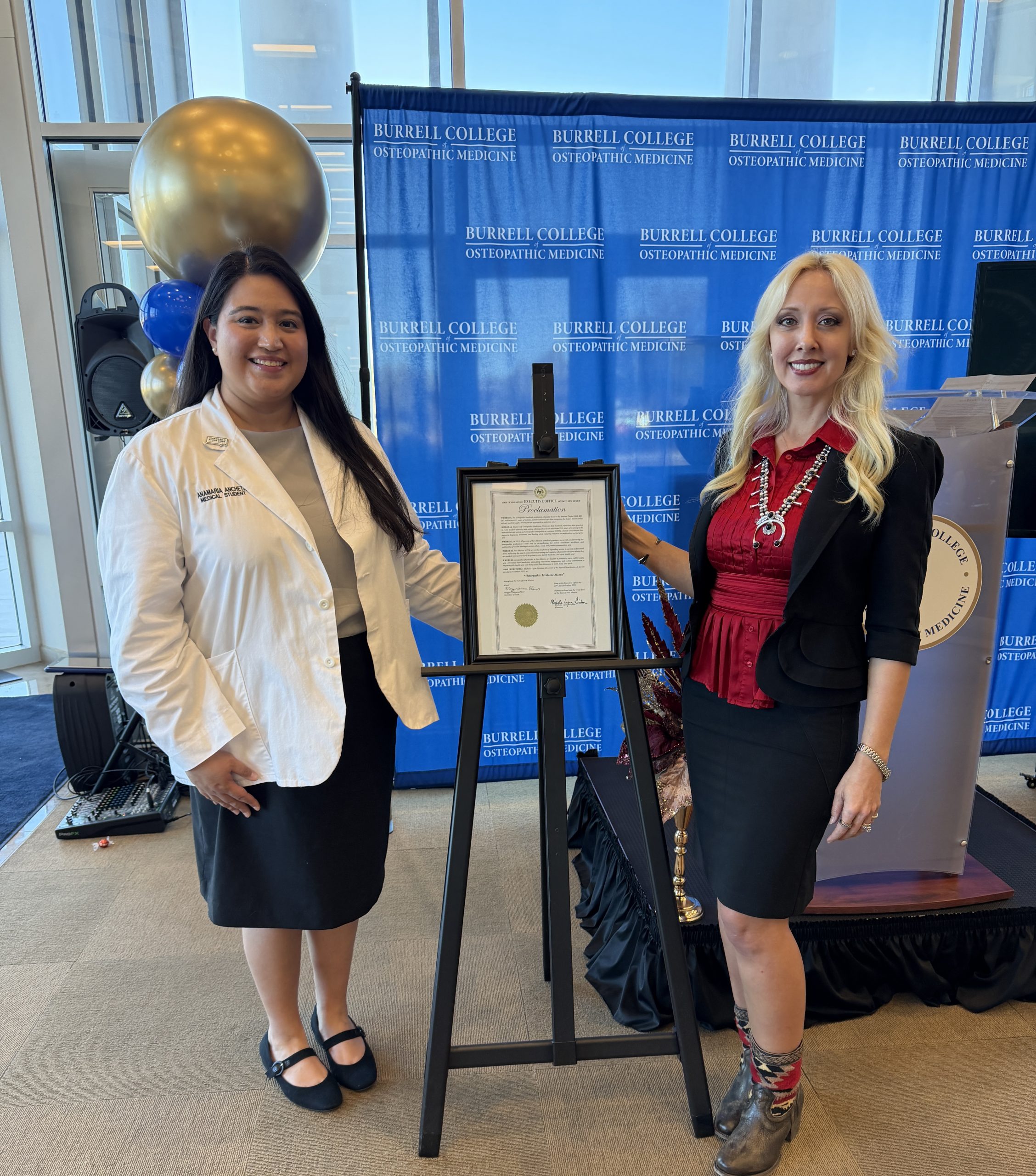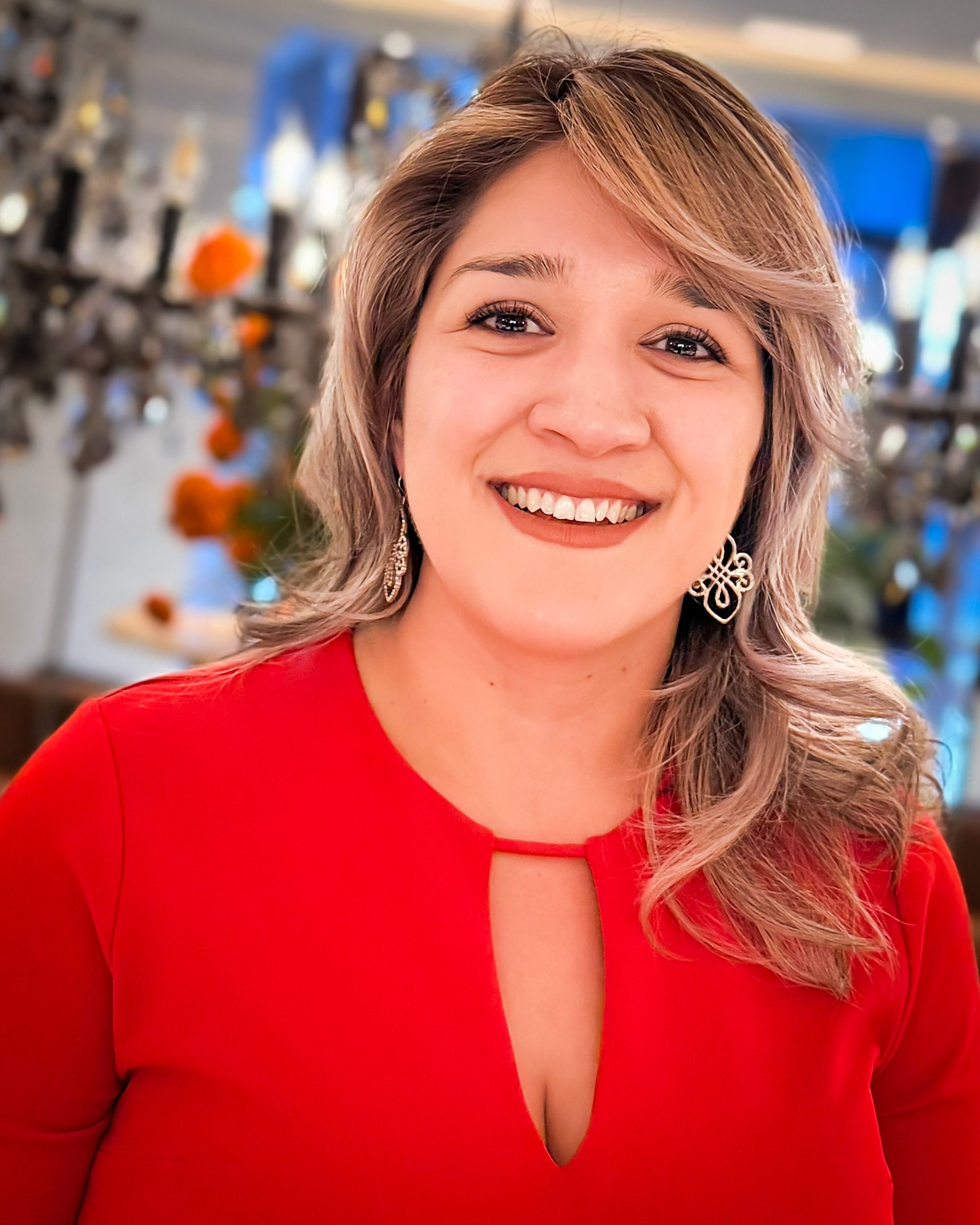
Before the medical students at the Burrell College of Osteopathic Medicine (BCOM) ever interact with a real patient in a clinical setting, they practice their communication and diagnostic skills on Standardized Patients (SPs), otherwise healthy individuals acting out specific health ailments. SPs are trained to present a specific patient history and in some cases physical symptoms. The doctors-in-training must ask questions, conduct physical examinations, and then determine the best course of medical action based on their findings.
“The goal of the program is to help the students improve their communication skills and have that first taste of being one-on-one with a patient in a clinical setting,” explained Ben Matkin, coordinator of the SP program at BCOM. “It’s not only a learning experience for the medical students, but for the actors as well. The standardized patients are given scripts based on real life conditions, which they study then act out for the medical students.”
While SPs do receive some monetary compensation ($15 per hour), the work is temporary and seasonal. SPs are scheduled according to the curriculum needs of the students so they could work two or three days a year, or five days in one month. Most SPs do it simply because they find it interesting and they enjoy helping the next generation of physicians reach their goals.
William Steele, a theater major at NMSU, became an SP to help build his professional resume, but he pointed out that you don’t need acting experience to do the job. “It is very easy to be an SP. You are given a script and trained to how to act out the case. You are given everything you need,” he said.
Most SPs, including Steele, take their roles very seriously and spend extra time studying and researching their assigned ailment. SP Mary Lynn Pack said that memorizing the medication names and dosages is one of the more difficult tasks, and she recommends practicing beforehand with a spouse or close friend. “Have them critique you so you are following the script closely and seem authentic. I read the script points aloud around 10 or 12 times before practicing it with my spouse. Practicing the correct attitude and posture is important too! It gives me more confidence and helps my final performances,” she said.
Ailments range from migraines and carpal tunnel syndrome to acute viral bronchitis and Achille’s tendonitis, along with more multi-faceted scenarios. “My most recent encounter involved a bit more acting skills,” said Nicole Johnson. “I was suffering from abdominal pain from irritable bowel syndrome (IBS), but also had to indicate that there was some possible drug seeking and domestic violence involved in my case. I had to behave in an irritable manner, which is out of character for me, so I enjoyed the process of getting into the role.”


Johnson, who had no previous acting experience, said she practices until she feels comfortable with her assigned scenario, and draws from her experiences attending healthcare appointments as the mother of a child with special needs. While having a high comfort level when dealing with health professionals is a bonus for SPs, having a medical background or vocabulary is not necessary.
In fact, Matkin pointed out that one of the biggest misconceptions he comes across is people thinking the best SPs are those with a myriad of health problems. He said, “People who are dedicated to the education of the medical students, who are willing to put time and effort into memorizing and practicing their scripts, those are the people that we look for.”
To submit an application to become a Standardized Patient, follow the link on the bcomnm.org homepage or call 575-674-2380.






